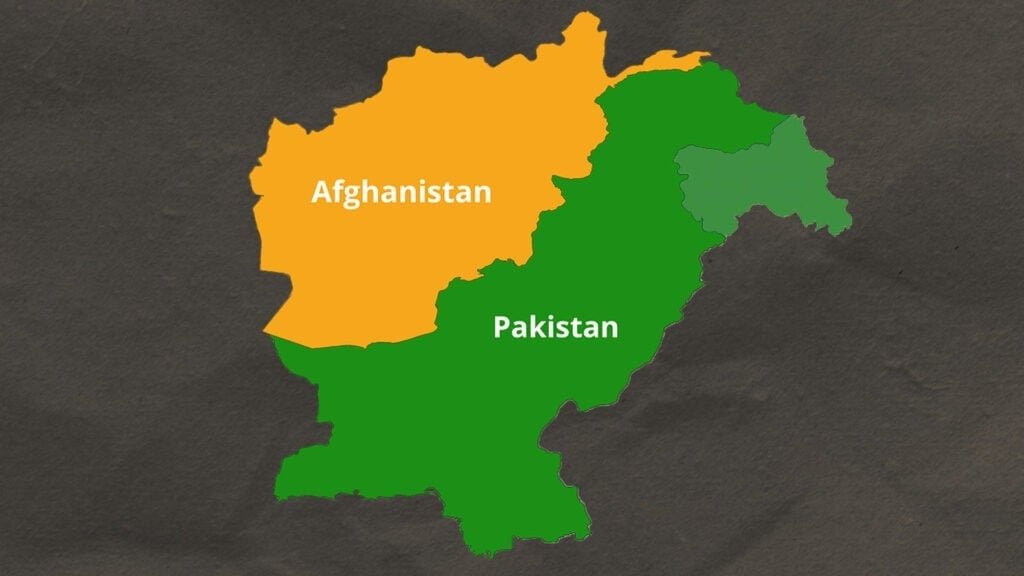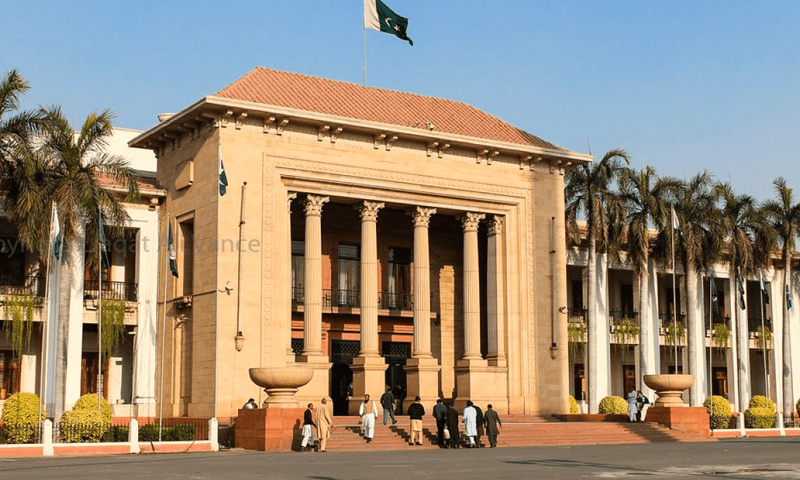Zafar Iqbal
Pakistan stands at the precipice of a protracted economic stagnation, a dire warning issued by prominent economist Asad Ali Shah, whose assessment aligns with the World Bank’s latest Pakistan Development Update. The Bank’s projection of a mere 2.6% growth for FY25-26, following an abysmal four-year stretch, paints a grim picture for a nation grappling with persistent low growth, record inflation, and a collapse in investment confidence. This economic quagmire is not merely a matter of fiscal indicators; it is inextricably linked to deep-seated structural issues, including a pervasive federal overreach into provincial affairs that stifles local governance and productivity, exacerbating the nation’s inability to foster sustainable growth.
Asad Ali Shah, a former president of the Institute of Chartered Accountants Pakistan (ICAP), minced no words in his critique, highlighting the stark contrast between the government’s optimistic 4% growth projection and the World Bank’s more realistic, and concerning, 2.6%. He termed the period from FY22-23 to FY25-26 as “arguably the worst four-year stretch in Pakistan’s economic history,” a period defined by sustained low growth (-0.2% in FY23, 2.5% in FY24, and 2.7% in FY25), runaway inflation, exorbitant interest rates, and a palpable erosion of investor trust. This sentiment was echoed by former Federal Finance Minister Miftah Ismail, who lamented that “in terms of growth, these FY22-23 to FY25-26 are the worst four years in Pakistan’s history.” Both experts underscore a critical consensus: Pakistan’s economy may have achieved a fragile “stability,” but it is far from “recovered.”
The World Bank’s update attributes the modest growth projections to multiple factors, including the lingering impact of catastrophic floods on agricultural output and the anticipated resurgence of inflationary pressures through 2027 due to disrupted food supply chains. While inflation saw a temporary dip to single digits in FY 2024/25, the underlying vulnerabilities remain. Shah further elaborated on the distress signals: weak industrial output, a “deep crisis” in agriculture compounded by climate shocks and policy distortions, and a stalled job creation engine. This cocktail of economic woes is not a temporary blip but points to a systemic failure to implement credible reforms.
Miftah Ismail sharply criticized the government for its avoidance of crucial structural reforms, including privatization of loss-making state-owned enterprises, the downsizing of bloated federal ministries, and critically, the strengthening of local governance. Instead, he argued, authorities are “purchasing stability through low growth” by maintaining artificially high interest rates, punitive taxes, and elevated utility tariffs. The socio-economic consequences are dire: rising unemployment, deepening poverty, and growing political alienation among the populace. This strategy, he contends, is a short-sighted and ultimately self-defeating approach that trades long-term prosperity for fleeting, superficial stability.
The current economic stagnation cannot be divorced from Pakistan’s ongoing struggle with administrative federalism. A critical impediment to robust provincial economic growth and investment confidence is the persistent federal overreach into provincial administrative affairs. Under Article 240(b) of the Constitution, the authority to determine appointments and conditions of service for posts “in connection with the affairs of a Province” unequivocally rests with the Provincial Assembly. However, the Federal Establishment Division continues to exert undue control by reserving key provincial posts for officers of the Pakistan Administrative Service (PAS) who are federally controlled. This practice creates an inherent conflict of interest and an accountability deficit. When a provincial Chief Minister is elected by the people to deliver services, but the bureaucratic machinery—including the Chief Secretary and departmental heads—is ultimately answerable to Islamabad, the provincial government’s capacity for effective governance and localized economic policy implementation is severely hampered. This administrative bifurcation dilutes provincial autonomy, discourages local innovation, and deters investment that relies on consistent and locally accountable governance.
Follow republicpolicy.com</a\ ন্য
Moreover, the reported plans to revive the Executive Magistracy system further exemplifies this federal encroachment. The Executive Magistracy, which functions squarely within the domain of law and order and local administration—areas that are exclusively provincial following the 18th Amendment—represents a direct challenge to the legislative competence of the Provincial Assemblies. Such federal interventions not only violate the constitutional spirit of federalism but also undermine efforts to strengthen local governance, which is vital for grassroots economic development and disaster management. True economic recovery and sustained growth demand that provinces be fully empowered to manage their own administrative structures and implement policies tailored to their unique socio-economic contexts, free from federal interference.
In conclusion, the warnings from economists like Asad Ali Shah and Miftah Ismail are not merely about numbers; they are a clarion call for fundamental structural change. Pakistan risks institutionalizing stagnation as its “new normal” if it fails to implement credible reforms. These reforms must extend beyond macroeconomic adjustments to include a genuine embrace of administrative federalism, empowering Provincial Assemblies to assert control over their own posts and services, as constitutionally mandated. Without restoring investor confidence, strengthening truly localized governance, and strategically shifting resources towards productivity and exports—unhindered by federal overreach—Pakistan will remain trapped in a cycle of low growth, high inflation, and pervasive poverty. The time for decisive action, rooted in constitutional principles and genuine devolution of power, is now.















